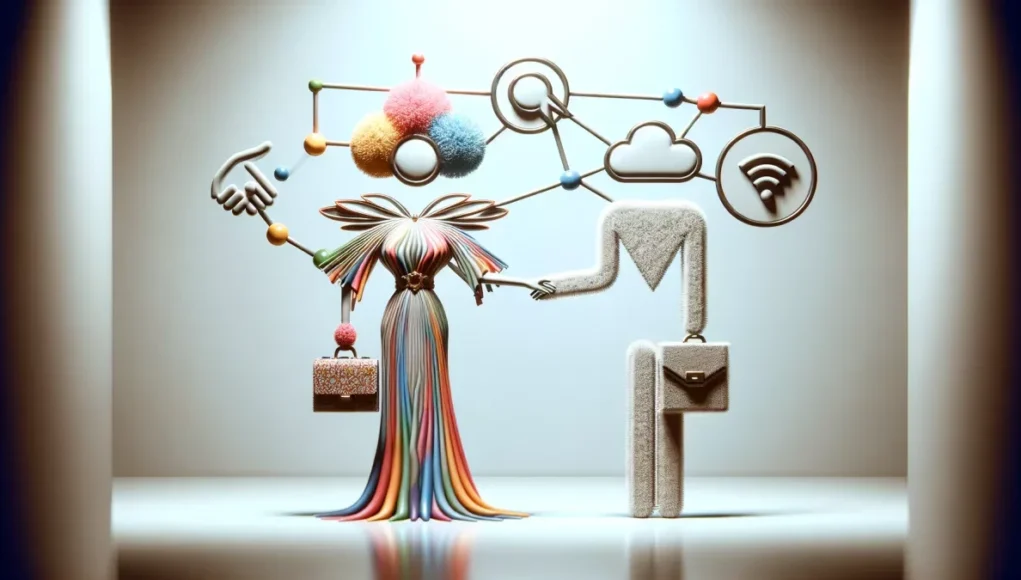In today’s marketing landscape, advertising strategies are constantly evolving. Brands are quickly turning to a new kind of influential figure to promote their products — not professional athletes or high-profile celebrities, but digital celebrities, or influencers. The era of Influencer Marketing is decidedly upon us.
Digital influencers, who hail from various social media platforms like Instagram, YouTube, Twitter, and TikTok, command a massive audience, with followers ranging from thousands to millions. But influencers aren’t simply a large audience; they are a veritable powerhouse of credibility and relatability combined, something that traditional celebrities often lack.
Brands understand that followers of these influencers aren’t just passive spectators, but a mix of ardent fans, potential customers, and fellow influencers who often interact directly through likes, shares, and comments. This communication fosters a relationship of trust that brands are eager to tap into.
Instead of pumping amounts into slick, traditional commercials and other forms of advertisement, many companies are shifting their marketing budgets towards partnerships with digital celebrities. The premise is straightforward: find a popular influencer whose image aligns with the brand, collaborate on content related to the brand’s product, then sit back as the posts gain traction among followers and potential consumers.
Luxury brands like Daniel Wellington and Revolve have demonstrated the positive impact of influencer marketing. The companies have become successful through the sole strategy of gifting free products to influencers and inviting them to luxurious, ‘instagrammable’ vacations. The influential posts have driven the products’ sales, despite the brands being relatively new to the market.
However, experts argue that a successful partnership doesn’t merely rely on the influencers’ follower count, but more on the authenticity of the connection. Consumers have developed a keen sense of discernment, quickly identifying insincere endorsements, which can quickly backfire on the company brand’s image. Therefore, it’s crucial that the partnerships align well not just in image, but in values, ideologies, and genuine connections to avoid seeming overtly commercial or promotional.
Facing challenges, brands are continuously innovating ways to track the effectiveness and ROI of influencer marketing. Implementation of affiliate codes, traceable links are examples of market strategies. Brands are also investing time to map and understand audience engagement and demographic details to ensure their influencer partnerships are not just impression-based but also conversion-focused leading to actual sales.
However, navigating the influencer marketing world isn’t as easy as it sounds. Alongside content creation and audience engagement, complicated issues like addressing disclosure policies, working around platform algorithms, copyright matters and FTC guidelines require careful consideration and orchestration.
Despite the challenges, it’s evident that influencer marketing isn’t going anywhere soon, but only evolving. New platforms and technologies are emerging and making way for more opportunities. Augmented Reality, Live features, virtual influencers are the new explorations paving the way for the future of influencer marketing. Testament to this is the success of the virtual influencer Lil Miquela, who has bagged several brand partnerships and gained widespread recognition.
From grassroots influencers to globally recognized figures, these digital celebrities have ushered in a new wave of advertising that companies are quick to ride on for exposure, sales, and the coveted digital relevance. While some skeptics still question the longevity and effectiveness of influencer marketing, there’s no denying that as long as social media continues to dominate our lives, influencer marketing will continue to be a powerful force in the advertising world.
What remains to be seen is how brands navigate the changing landscape, forging successful partnerships, creating meaningful engagements, and ultimately influencing the purchase decision of potential consumers. Notably, the partnership’s success lies not just in the number of products sold but in the creation of an accurate brand image that resonates with the consumers, making it a win-win situation for both brands and influencers.
Sources:
1. “Influencer Marketing: Global Ad Spend 2020.” Statista, www.statista.com.
2. “The Rise of Influencer Marketing.” Influencer Marketing Hub, www.influencermarketinghub.com.
3. Taylor, Derrick. “How Instagram Changed Advertising.” GQ, www.gq.com.
4. Papagapiou, Anna. “Virtual Influencers: The Future of Influencer Marketing?” Forbes, www.forbes.com.






